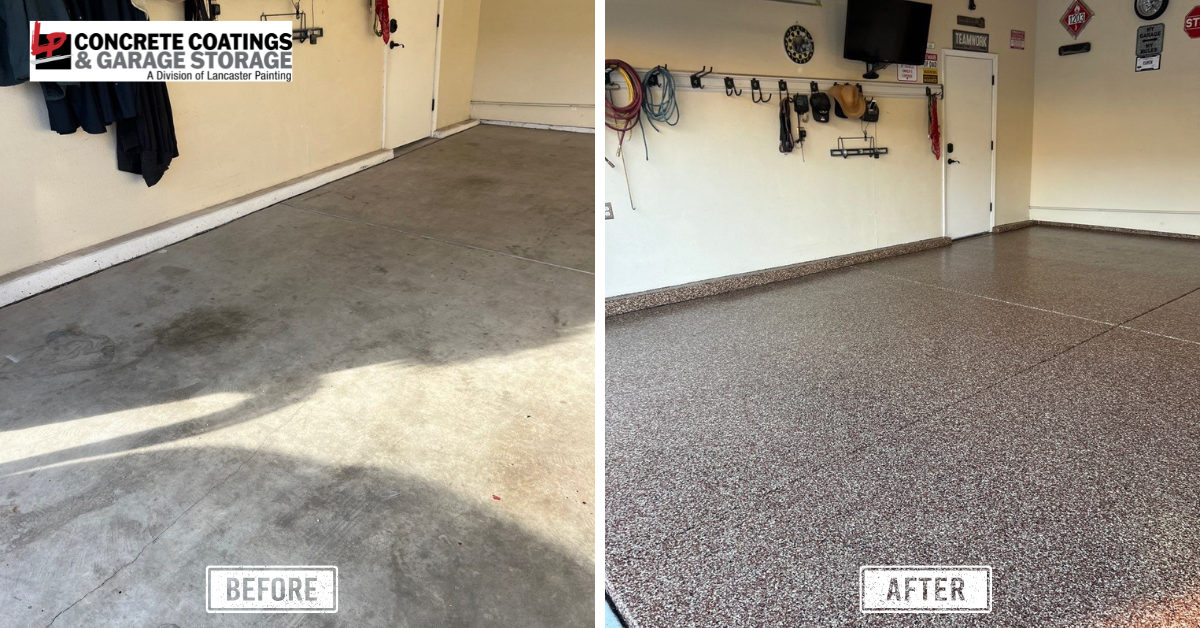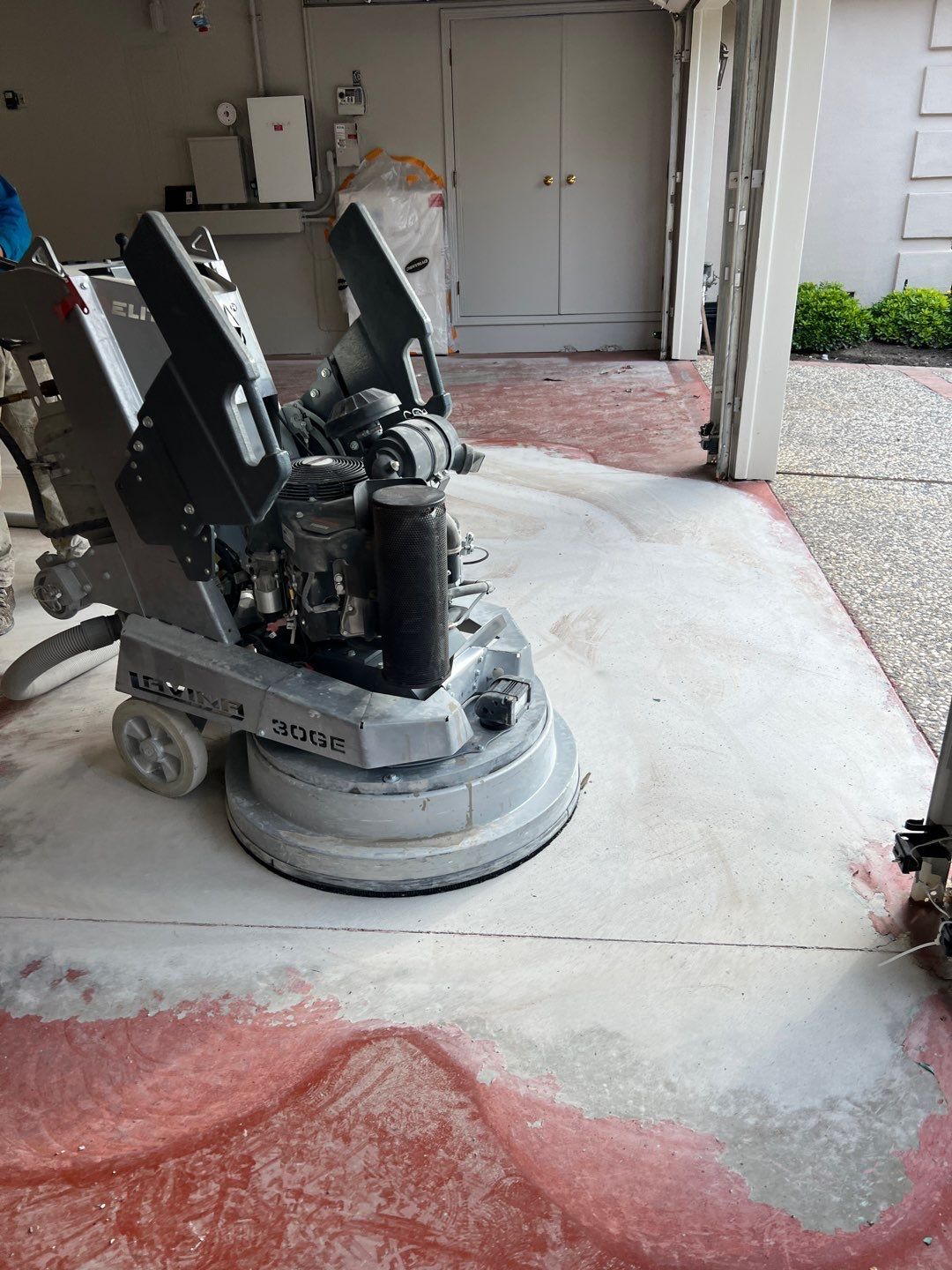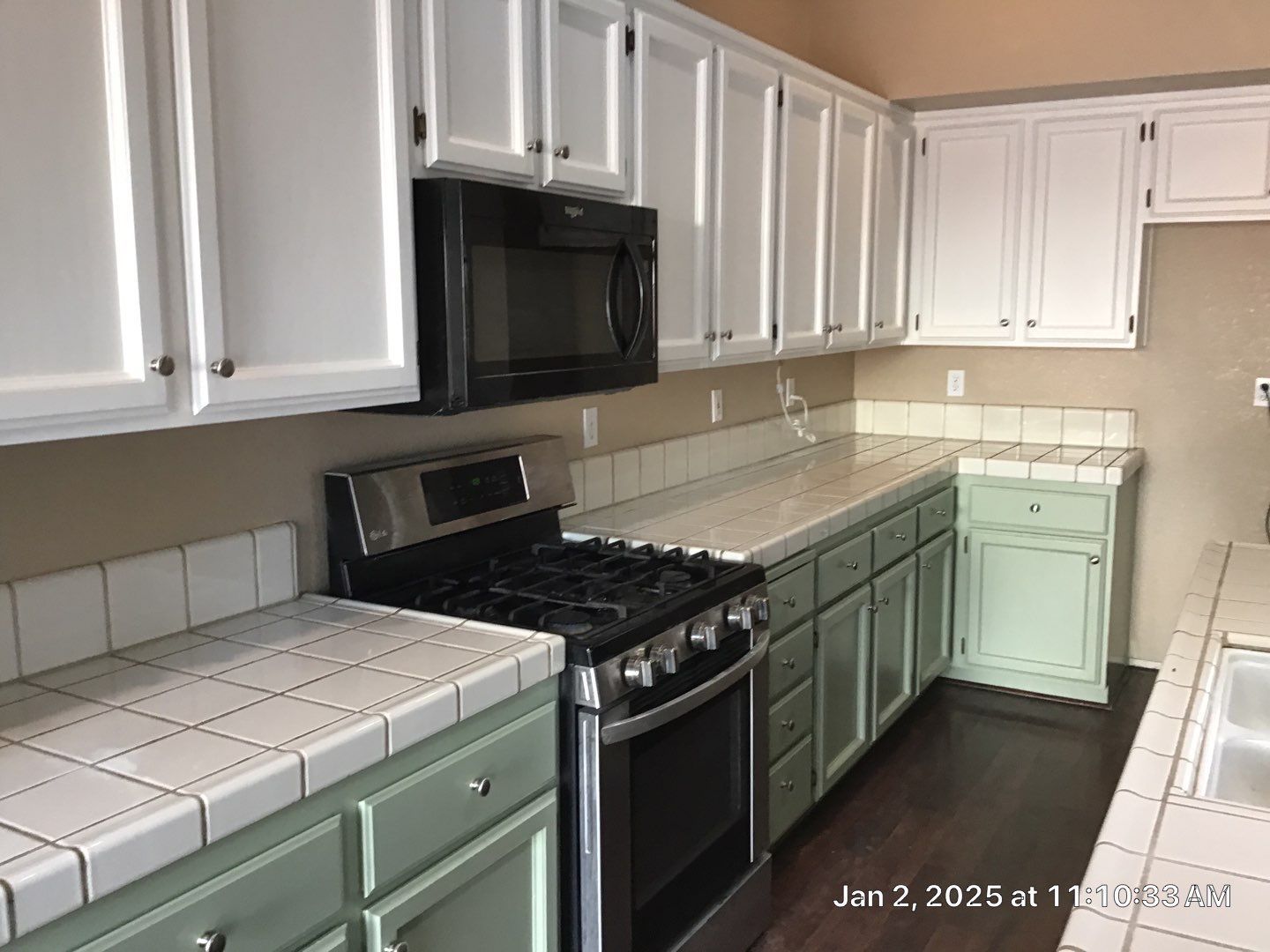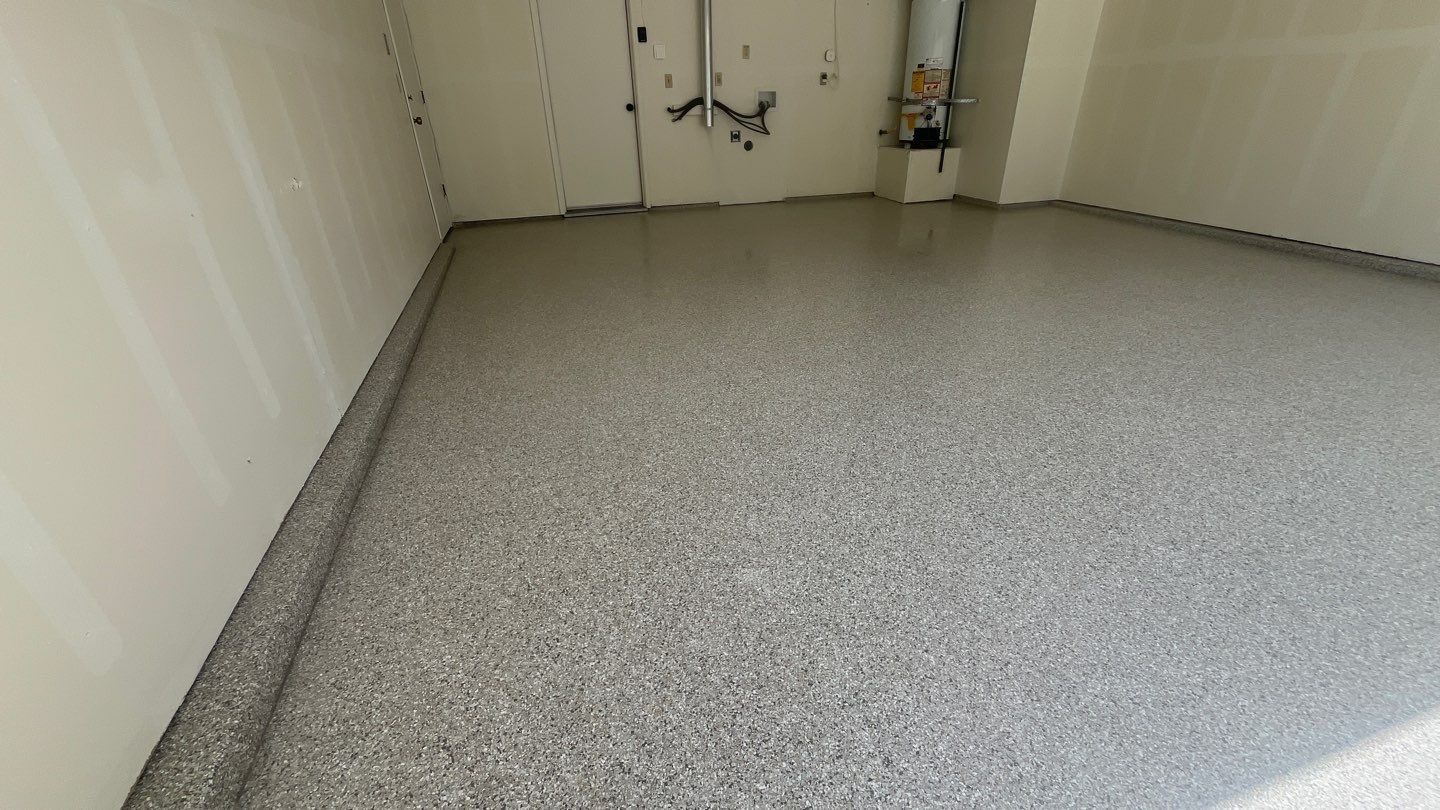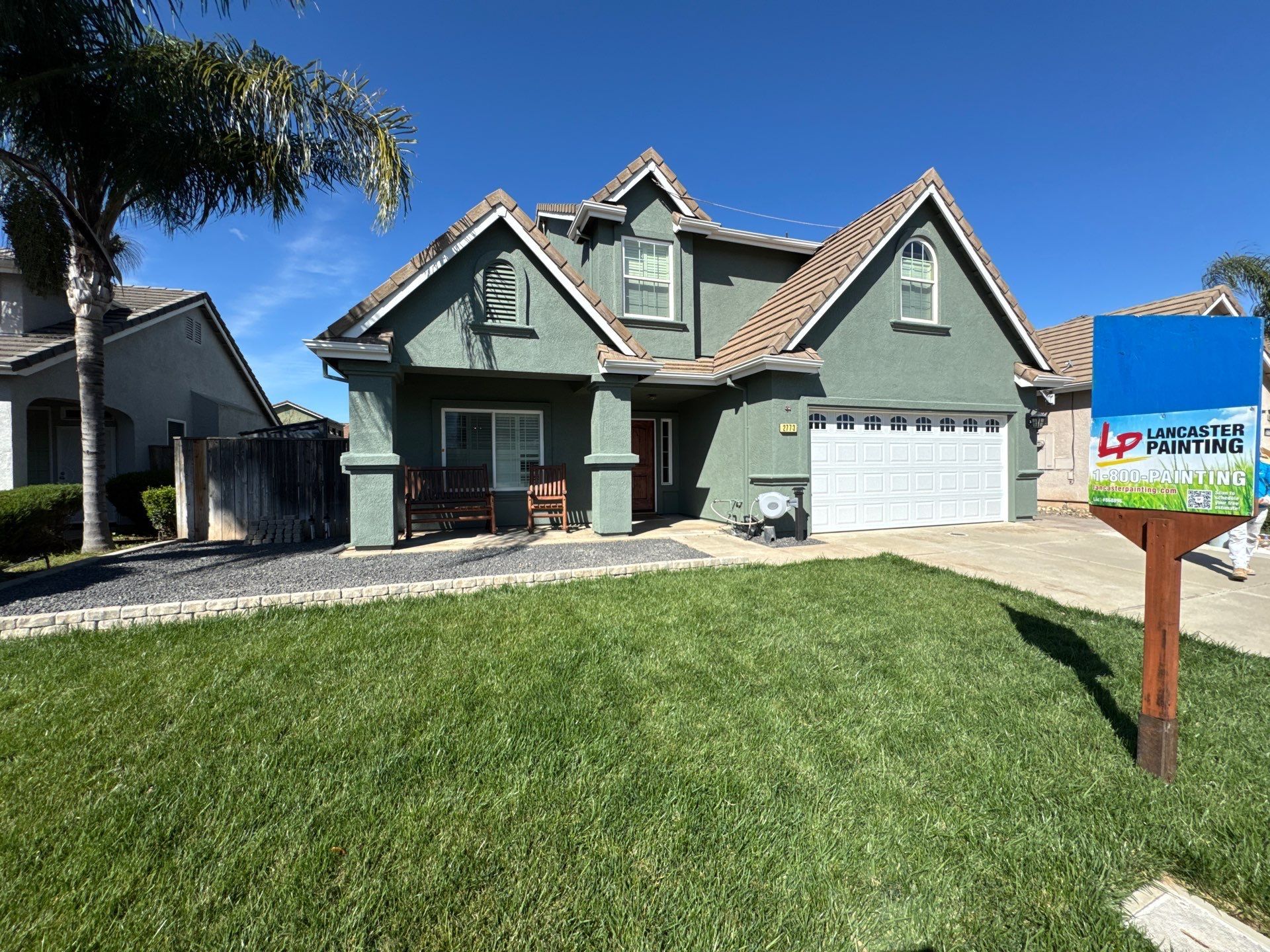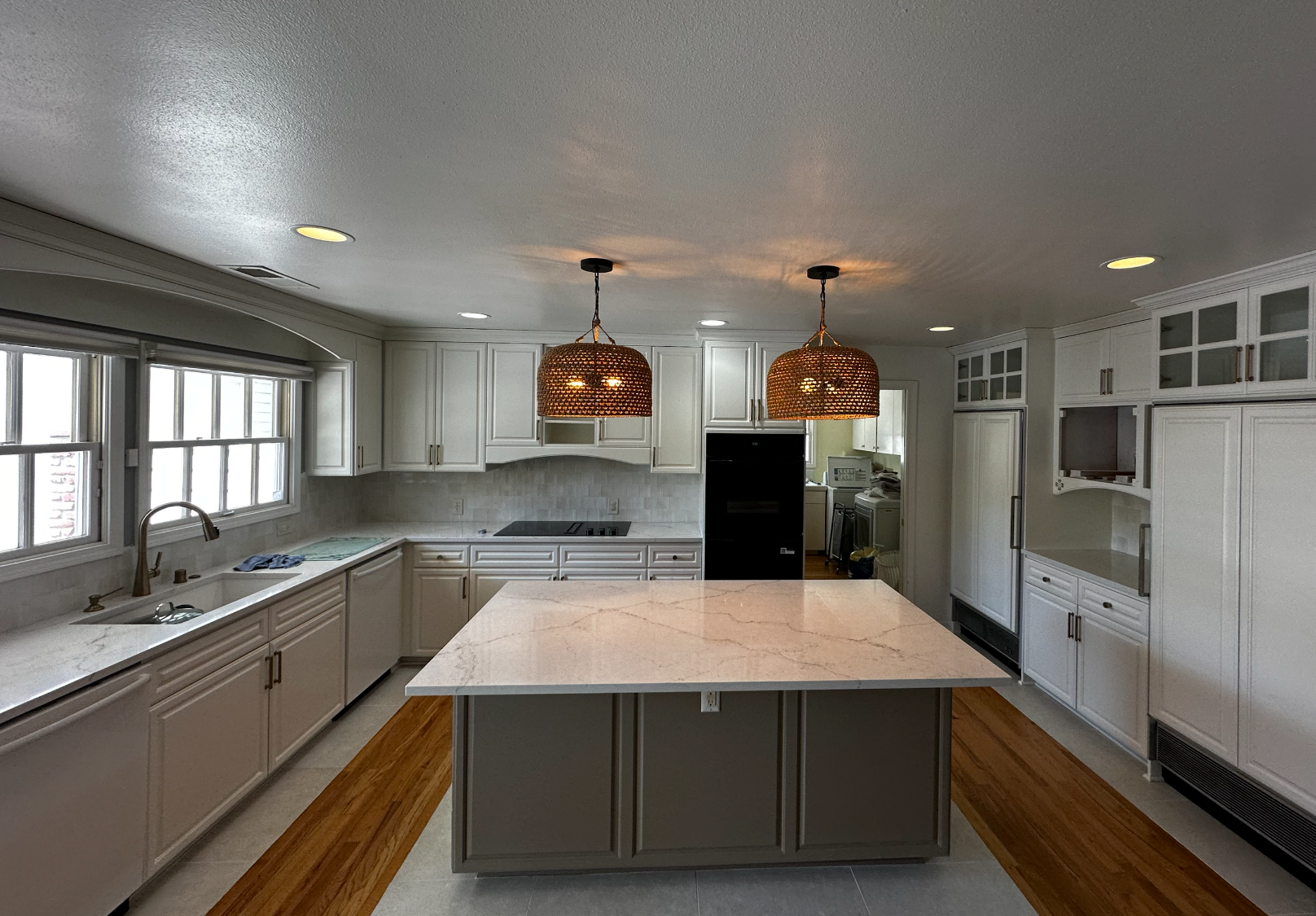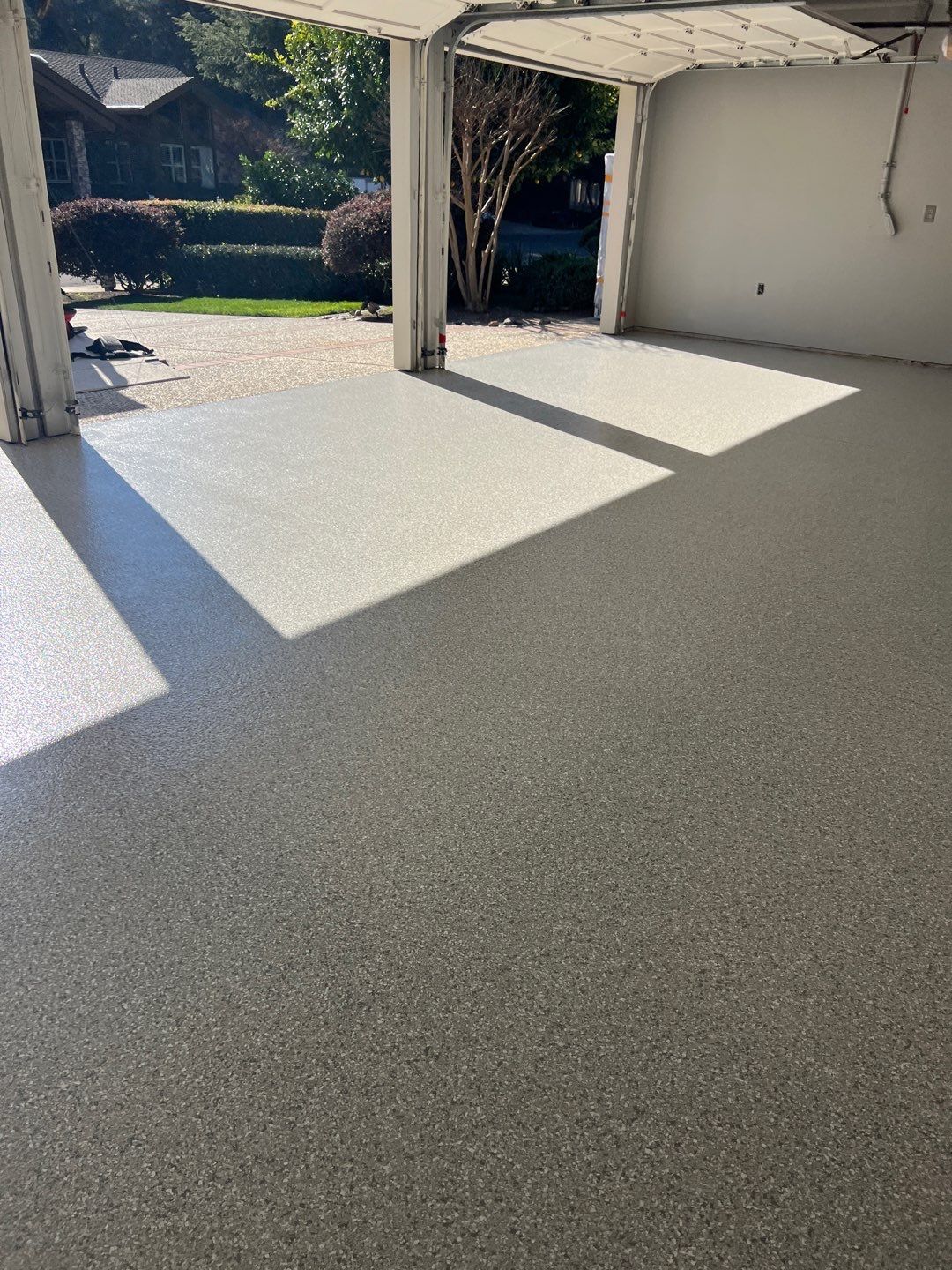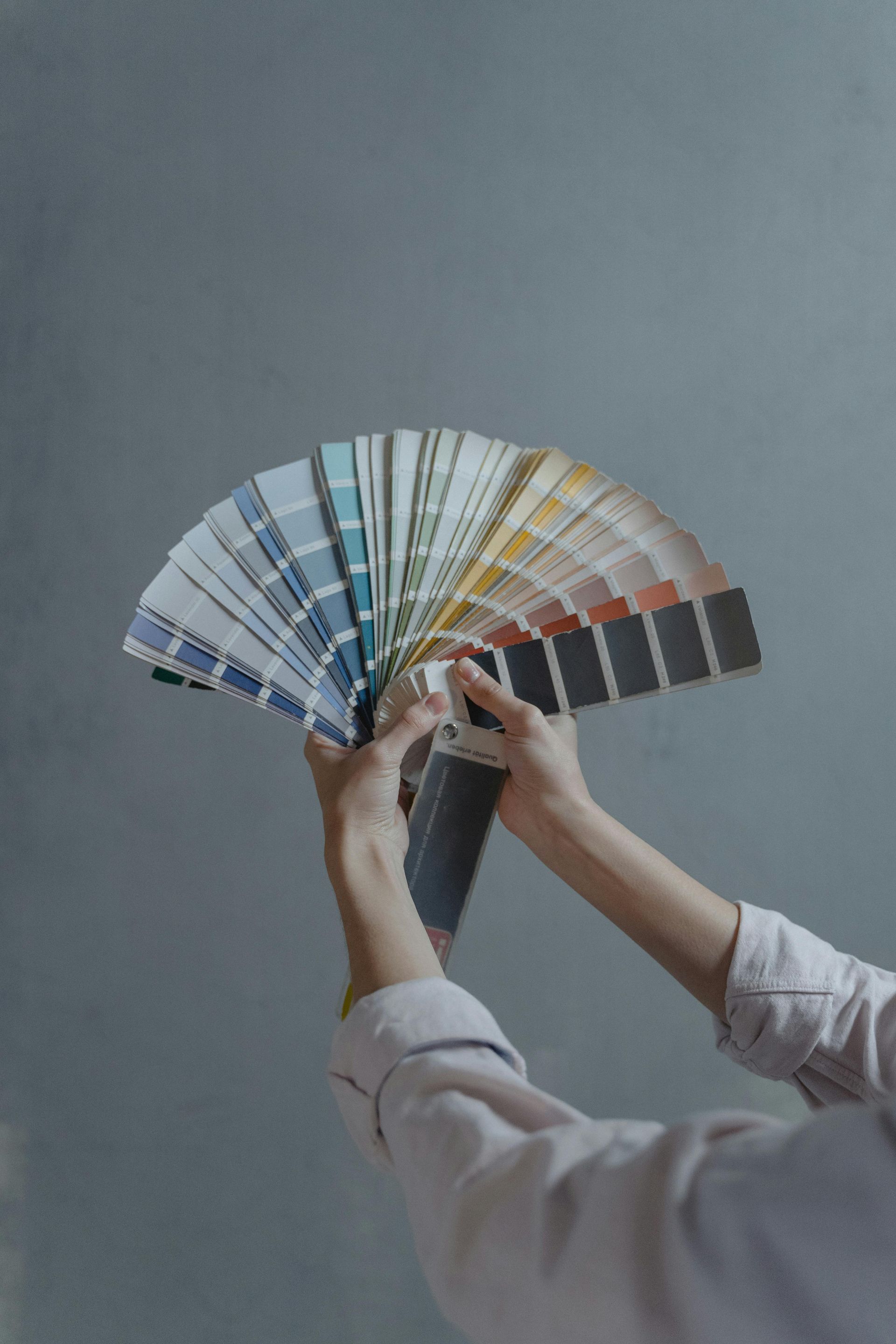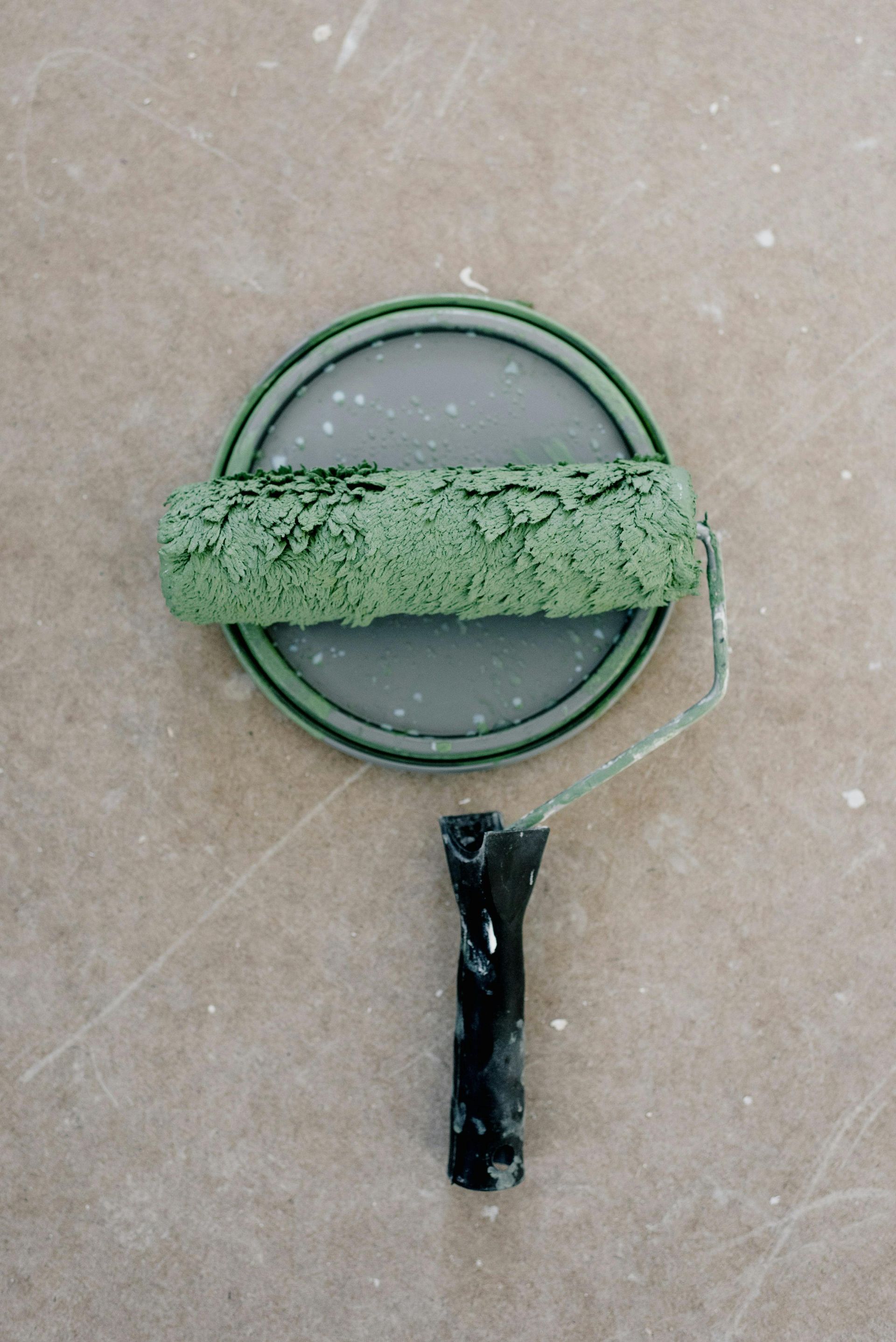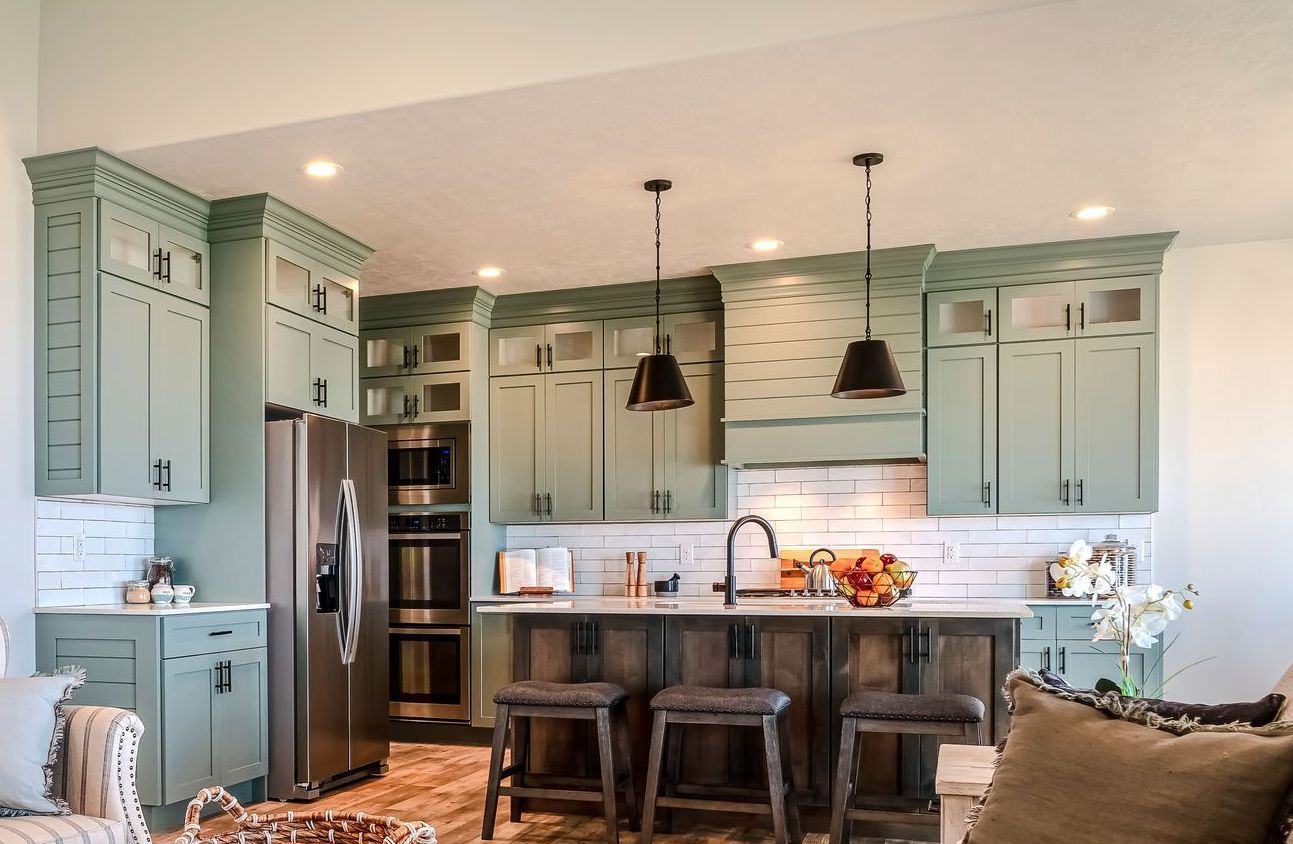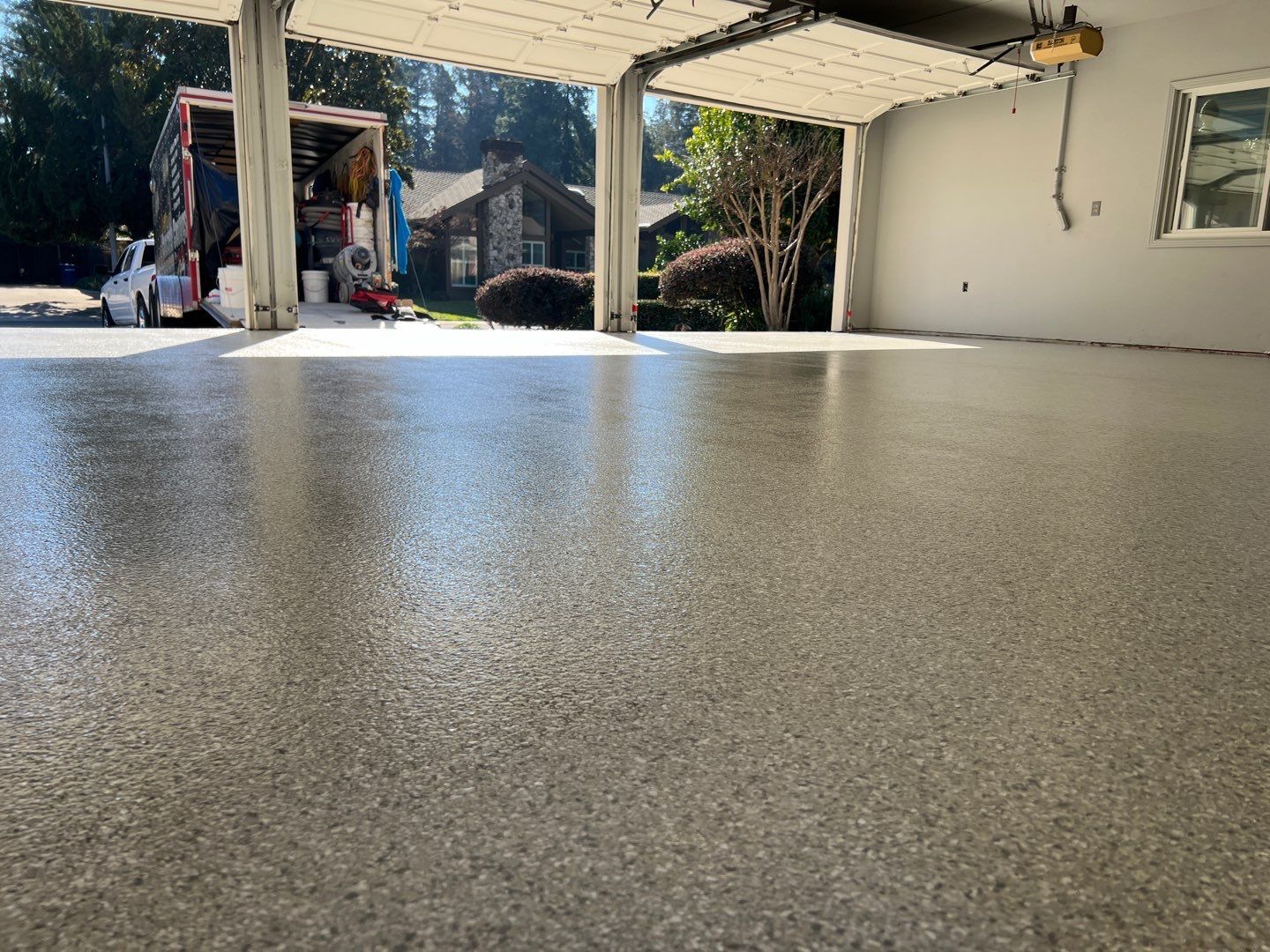You’ve noticed that your painstakingly applied interior wall paint has begun to peel. How can you prevent this from happening? By properly preparing your walls for their next coat of interior paint, you can ensure that you don’t waste a minute of work or a dollar of savings. 80% of coating failures -- peeling, bubbling, discoloration -- are due to not properly preparing the surface. The surface preparation tips for interior painting found below will give your painting project the best results and longest life.
Let It Dry!
Painting on a wet or damp surface is a recipe for disaster. Whether for exterior paint or interior paint, make sure that you or your contractor is applying paint to a dry surface. That may mean manual drying (with a towel or hairdryer), natural drying (letting time and/or sunlight do the job), or both. Either way, be patient! You may be anxious to get started on a project, only to discover a wet spot or damp wall, but you’ll get the best results if you wait.
Give It a Scrub
The painting surface must also be clean. No, this doesn’t mean that you need to risk carpal tunnel by scrubbing your walls for a week, but you or your painting contractor should give your walls a cursory wipe clean before applying paint. After your quick clean dries, be sure that there is no visible dust, dirt, mildew, rust, or old paint remaining. If there is, remove it by cleaning, scraping, or sanding. Removing that stubborn clump of dirt or that last remnant of peeling paint can make all the difference when it comes to the quality and life of your new coat of paint.
Know Your Surface
There are different rules to follow depending on what you’re painting. Wood, stone, aluminum, brick, and concrete all are optimized in different ways (and often require different types of primers or paints). Make sure that you read up on the surface first or hire an experienced professional.
Follow the Directions
Always follow the manufacturer’s directions on the cans. If it recommends using a primer, make sure you or your painting contractor uses a primer. If it tells you to wait four hours between coats, then make sure you do! It may seem tedious at the time, but you’ll thank yourself when you’re left with a paint coat that maintains its color, luster, and integrity.
These tips aren’t new to the professional painters at Lancaster Painting . They know all these tricks and more. If you live in Turlock and need a professional paint job, they’ll help you choose the right paint for your surfaces and make sure that those surfaces are optimized for a long-lasting, beautiful coat. From surface preparation to final details, Lancaster Painting provides the complete package for your best looking paint coat yet.
Don’t bother with all of these details yourself only to find that the surface was not prepared properly; let the professionals handle it at Lancaster Painting.
